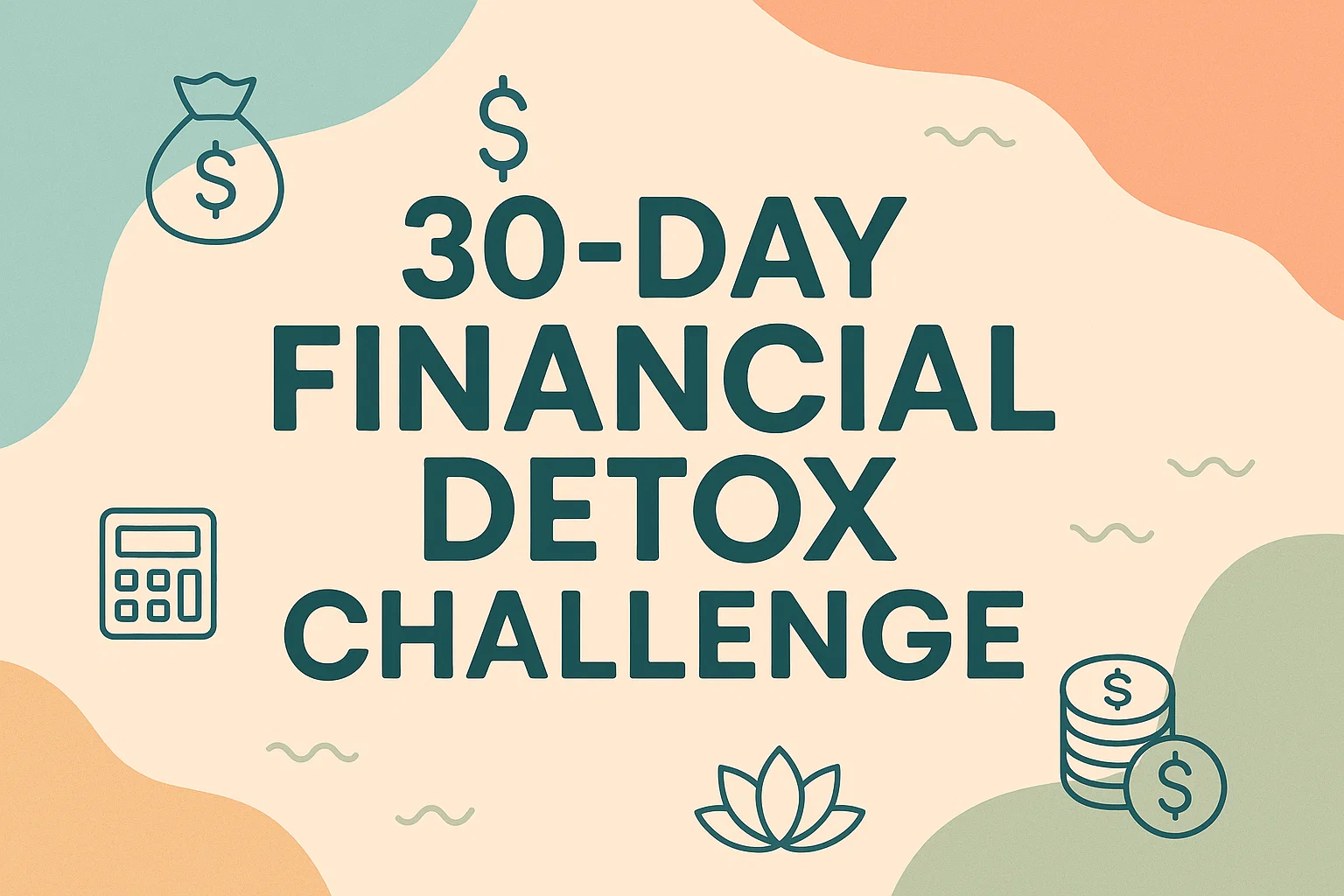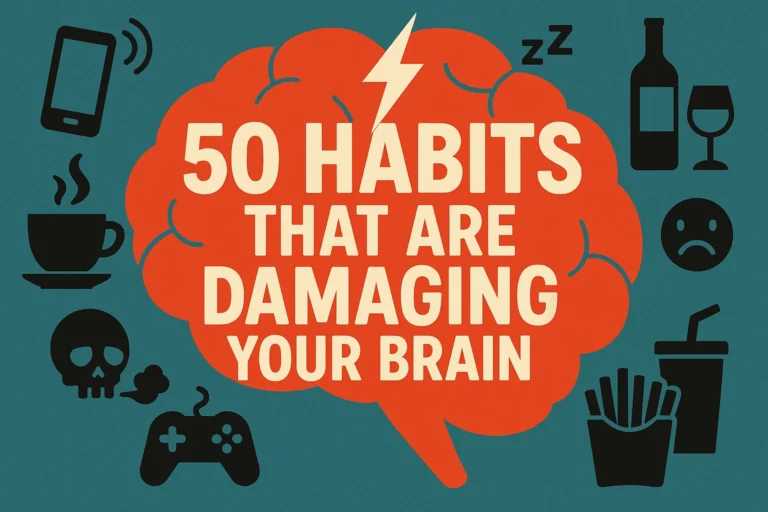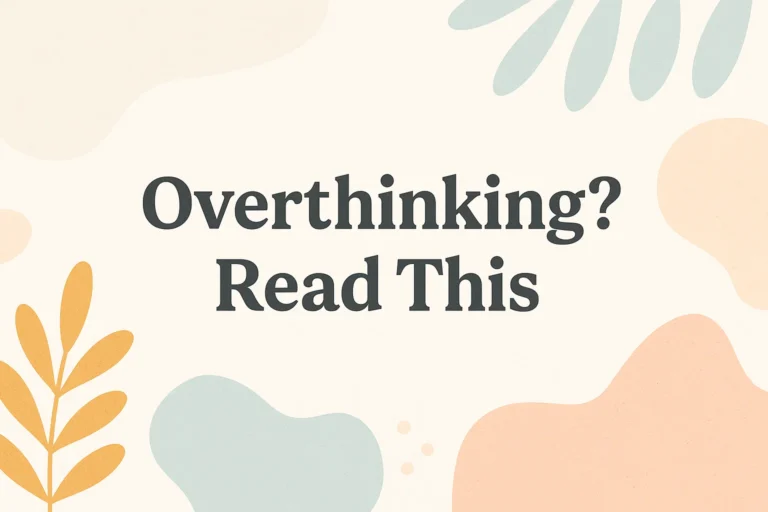30-Day Financial Detox Challenge Master Your Spending Tracker for a Wealthier You
Alright, let’s get real for a second. Ever get that sinking feeling on the 20th of the month when you check your bank account and think, “Wait, where did it all go?” You’re not alone. I’ve been there, staring at a receipt for a fancy latte I barely remember buying, wondering if a financial poltergeist is haunting my debit card.
That’s why we’re ditching the vague anxiety and launching a project. Not a boring budget. A 30-Day Financial Detox Challenge. Think of it as a wellness retreat for your wallet. We’re going to master the art of the spending tracker, not to restrict our lives, but to build a wealthier, more intentional future. And I’m doing it right alongside you. Ready to finally tell your money where to go instead of wondering where it went? Let’s go.
Why a “Detox” Though? Isn’t That Just a Fancy Word for Budget?
Kinda, but not really. A budget can feel like a financial straitjacket. A “detox” is about awareness and resetting your habits. It’s not about punishing yourself for that online shopping spree (we’ve all been there). It’s about understanding the why behind your spending so you can make empowered choices.
For the next 30 days, we’re not cutting out coffee. We’re just going to be brilliantly, painfully aware of it. The goal isn’t perfection; it’s progress. By the end of this, you’ll have a crystal-clear picture of your cash flow and, IMO, a serious sense of control. And control feels a lot better than guilt, right?
Gear Up: Choosing Your Spending Tracker Weapon
You can’t win a challenge without the right tools. The good news? You have options, from super simple to techy and awesome. The best one is the one you’ll actually use.
The Pen-and-Paper Purist
Don’t knock the classic. A dedicated notebook you carry everywhere is powerful. There’s something about physically writing a purchase down that makes it more… real.
- Pros: No learning curve. Totally private. No battery required.
- Cons: Easy to forget. Math can be a pain. Can get messy.
- My Take: I started here years ago. It’s a fantastic way to build the habit, but I graduated quickly because my handwriting is atrocious and my adding skills are questionable 🙂
The Digital Spreadsheet Guru
Hello, Excel or Google Sheets my old friend. This is for the person who loves a good pivot table and color-coding.
- Pros: Highly customizable. Does the math for you. Free (if you have Google Drive).
- Cons: Requires some setup. Not as mobile-friendly on the fly.
- My Take: I have a friend who swears by her custom Google Sheet. She’s a wizard with it, but it feels like work to me.
The Mobile App Maverick
This is where the magic happens for most people, myself included. These apps connect to your bank accounts and automatically categorize your spending. It’s almost like cheating.
- Top Contenders:
- Mint: The old reliable. It’s free and gives you a great overview. It can be a bit ad-heavy though.
- You Need A Budget (YNAB): The gold standard for proactive budgeting. It uses a zero-based budgeting method (“give every dollar a job”) and is incredibly powerful. It’s a paid subscription, but many people (myself included!) swear it pays for itself.
- PocketGuard: Great for a super simple, “can I afford this right now?” view.
My recommendation? For this challenge, start with a simple app like Mint to get the automated tracking benefit. It removes the biggest hurdle: remembering to log everything.
The 30-Day Game Plan: Your Week-by-Week Detox
This isn’t about shock therapy. We’re building sustainable habits, one week at a time.
Week 1: The Truth Serum (Just Observe)
Your only job this week is to track every. single. penny. No judgments, no changes. Just collect data.
- The Rule: Log every transaction within 24 hours. I set a daily phone reminder for 8 PM. It takes two minutes.
- You’ll Discover: “Oh, I really spend $12 a day on lunch.” or “My ‘quick’ Amazon searches are adding up to a small fortune.”
- Pro Tip: Be brutally honest. That $5 donation, the $2 parking meter, the subscription that just renewed—it all counts.
Week 2: The Intervention (Categorize and Analyze)
Now we look at the data. Time to open the hood and see what’s really going on.
- The Task: Categorize your spending from Week 1. Essentials (rent, utilities, groceries) vs. Non-Essentials (dining out, entertainment, that third streaming service).
- The “Oh Wow” Moment: You’ll likely find one or two categories that are silently draining your account. This is your low-hanging fruit.
- Ask Yourself: “Did that spending actually bring me joy or value, or was it just a habit?” Be prepared for some uncomfortable answers.
Week 3: The Tune-Up (Find Your Leaks and Plug ‘Em)
This is where we get tactical. Based on your Week 2 analysis, we make one or two small, impactful changes.
- The Goal: Target your biggest spending leak. For most people, it’s dining out or subscriptions.
- Actionable Ideas:
- The Coffee Leak: Maybe you brew at home 4 days a week instead of 2.
- The Lunch Leak: Commit to meal prepping on Sundays.
- The Subscription Leak: Do a subscription audit. Cancel anything you haven’t used in the last month. FYI, those free trials that auto-renew? They’re the worst.
- Remember: We’re not eliminating; we’re optimizing. Small wins build momentum.
Week 4: The Future-Proof (Plan and Automate)
You’ve seen the truth, you’ve plugged the leaks. Now, let’s make this new behavior stick for the long haul.
- Set a Mini-Goal: What’s one thing you want to save for in the next 3-6 months? A new laptop? A vacation? A bigger emergency fund?
- Automate Your Success: Set up an automatic transfer for the day after you get paid. Even $25 or $50, sent directly from your checking to your savings account. Out of sight, out of mind is the richest you will ever be. Seriously, it’s the best financial trick in the book.
- Celebrate! Did you save $50 this week by packing lunch? That’s a win! Transfer $10 to a “fun money” account and feel good about it. This isn’t about deprivation.
Let’s Talk About the Emotional Stuff (Because Money is Weird)
This challenge isn’t just math. It’s psychology. You’re going to feel things.
- The Shame Spiral: You’ll see a number you hate. Don’t panic. Acknowledge it without judgment and use it as fuel for change. Past you didn’t know better. Present you does.
- Budget Busters: Life happens. You’ll have an unexpected car repair or a friend’s birthday dinner. That’s okay! The tracker isn’t a judge; it’s a tool. Log it, adjust, and keep going. The goal is progress, not perfection.
- “I Deserve This” Spending: This is a big one. After a hard day, we often reward ourselves with spending. I’m guilty of it too. Can you find a non-financial reward? A walk, a phone call with a friend, watching your favorite movie? It’s about breaking the association between stress and spending.
So, What’s on the Other Side of 30 Days?
This isn’t just a month-long experiment. It’s a reset. When you complete this challenge, you won’t just have a spreadsheet full of numbers. You’ll have clarity, confidence, and control.
You’ll know exactly where your money is going, and you’ll be making conscious decisions to direct it toward the life you actually want. You’ll stop wondering where it went and start telling it where to go. And that, my friend, is how you build a wealthier you—not just in your bank account, but in your peace of mind.
The hardest part is starting. So, open that notes app, download that tracker, or grab that notebook. Your first entry is the most important one. Let’s detox :







